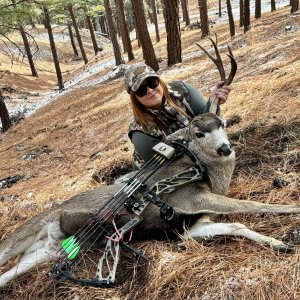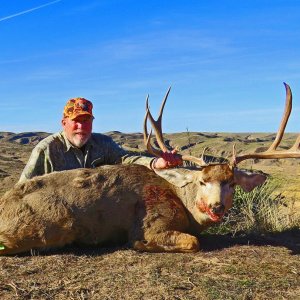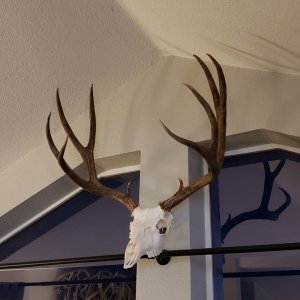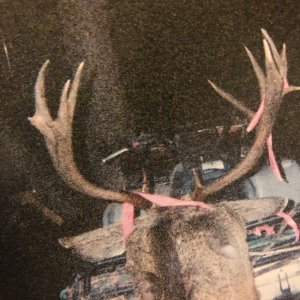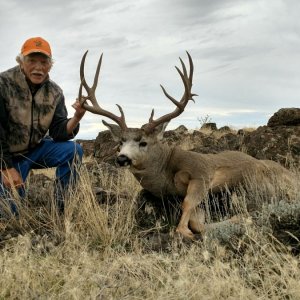Paper works alright,can be pretty frustrating.Try this,set up your string nock in the correct position and set your arrow rest to hold your arrow at a 90 degrees to your draw string,if you have a laser tuner use it to set the centerline of the tip of your arrow to the center line of your draw string. now line your sight pins with the centerline of the arrow,this is only a starting point,shoot at your target from about 10 yards and get 1 sight pin relatively close to the bullseye.After doing this take a string,such as a kite string or other thin string,put a washer or some kind of weight on one end,tack or nail the other end above your target so the rope runs through the center of the target being perpendicular to the ground. now start shooting at the target starting at 10 or 20 yrds. using that pin you got close,step back at 10 yard increments until you get to 40 or 50 yrds. or what ever you feel you like.Notice how your arrow land acording to the rope and adjust your rest for windage until all arrows are on the sme parallel line to the rope,remember to use the same pin for this adjustment.After this you can adjust pins for different distances accoridly.Its a easy way to adjust centershot for hunting.Try different arrows to find the best for your setup.


